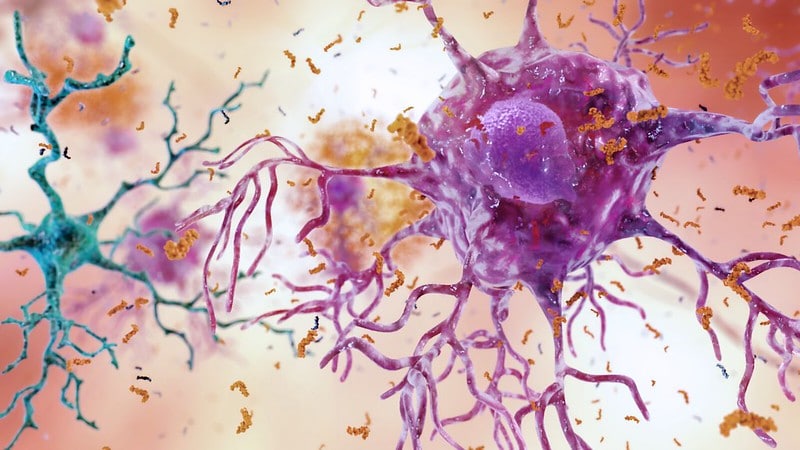The human body doesn’t like change, especially when that change is brought on by some sort of trauma or injury. When a part of your body is injured, it becomes inflamed. Inflammation or swelling is part of the body's natural healing system and helps fight injury and infection. It is your bodies way of protecting itself from traumatic change. Businesses are often the same. Inflammation and change management share some characteristics.
Organisational and cultural change can cause inflammation. Businesses, and the people who work for them, often reject change if it is seen as traumatic or contrary to the existing culture, making it difficult for the change to take root.
This is why managing change in an organisation is so integral to it being successful, because not all change is bad. Change, when managed and implemented correctly – say in the form of sustained exercise – can be good for your body, and for your business.
Often the biggest mistake companies make when it comes to change is rushing to implement it. Everybody wants to change their culture; everybody wants to change the organisation but what business fail to realise is that culture, just like the human body is prone to protecting itself because it does not like change.
Culture in organisations will continuously seek homeostasis in the same way the human immune system does. When the immune system is exposed to a pathogen or a cell being damaged, or there's an irritant its response kicks in and it seeks to protect itself.
Organisational change – when managed badly – can be seen as a pathogen in that it can produce conflict which leads to a drop in satisfaction levels amongst employees. The reaction to change manifests in conflict or pain, agitation or swelling and depression because of chronic pain.
How do we mitigate for this?
We know that the body does not handle massive change well. It prefers change in smaller doses – in the form of immunisation for example – where you introduce the pathogen gradually so that the body can adapt. This is different to an infection which is a large dose of pathogens which demands that your body fights it off.
In change management these small doses are called nudges. It is best practice to start changing the systems in your business by introducing small little nudges, to push the organisation into the right direction. Change in a business should be incremental and ongoing.
In the same way you can’t become a marathon runner overnight – it takes months, if not years of training – substantial change is only achieved over time and thanks to a consistent and concerted effort.
Bill Gates said: “Most people overestimate what they can do in one year and underestimate what they can do in ten years.” This is how we should approach change. Plan to implement it over a longer period with smaller goals in the short term.
This kind of approach is even more important in an environment where change has become commonplace because of Covid-19 seen as traumatic. While the pandemic demanded rapid change organisations which have a history of implementing changes gradually have been able to adapt better. This kind of low key, continuous change minimises the resistance to change from within the organisation.
For example, Standard Bank has invested billions of Rand in IT over the past two financial years and we have bolstered our strategic partnerships with companies such as Amazon Web Services, Microsoft, and Salesforce. Our business has gradually been undergoing change and when it was time to implement a quick-change step because of Covid-19 our transition to the new ways of working was very close to seamless.
Since the onset of the crisis, we have built on our existing technology capabilities, enhancing our remote-work capacity, further strengthening our cyber resilience, and by developing tools to keep employees informed and connected.
More than 75% of our employees are still working productively and Standard Bank Group employees are now holding roughly 500,000 Microsoft Teams meetings every month, from less than 1,000 before the pandemic.
An extensive internal survey, in which more than 22,000 employees participated, revealed that while staff have generally been anxious – this has been the most uncertain period of our time – they are also grateful to be employed and to be able to continue working productively, and there is a general sense of optimism about the future.
Encouragingly, 95% of employees say they have already adapted to working from home, with many saying they have enjoyed being able to spend more time with their families. And most employees say they have become more productive.
Our internal surveys demonstrate that by slowly integrating change in our organisation we were able to adapt quickly, with little trauma when we needed to, creating a healthy work environment with high levels of satisfaction.
It has been our gradual approach to change which has allowed us to make this transition and to fight off most of the inflammation which usually accompanies major change in large organisations.
